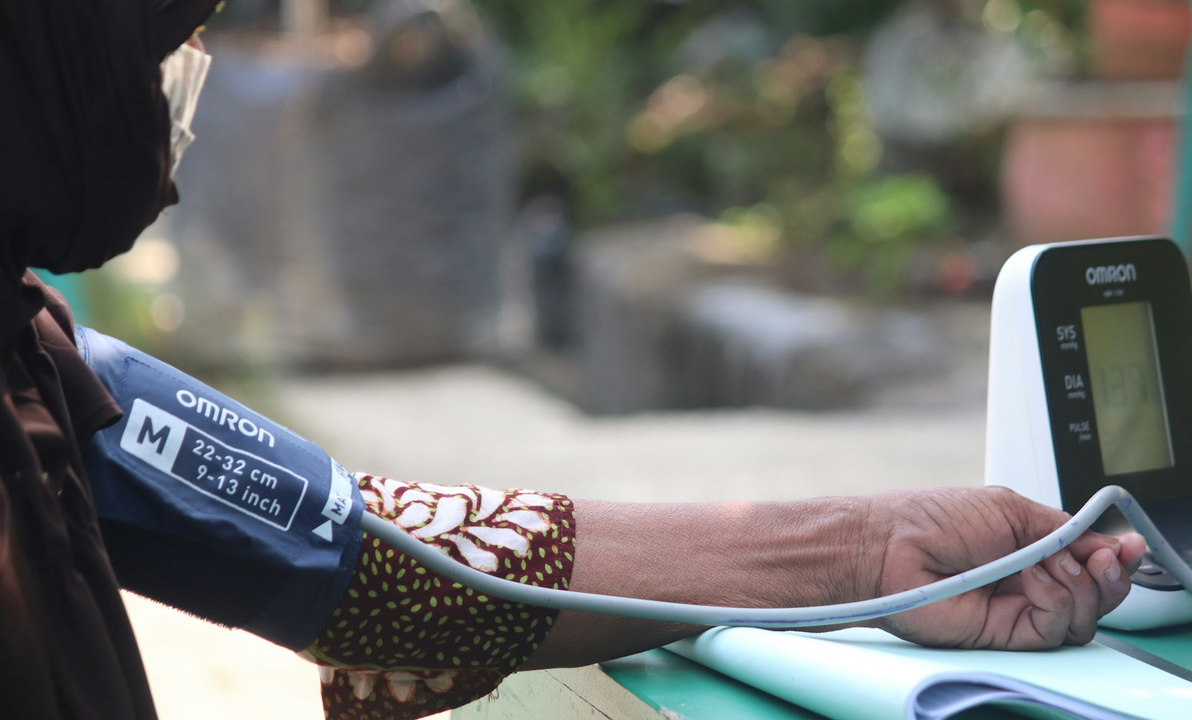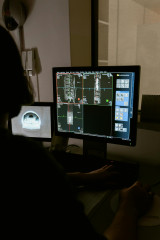The Ultimate Guide to Choosing the Perfect Blood Pressure Monitor
In today's fast-paced world, monitoring your blood pressure regularly is essential for maintaining optimal health and preventing potential complications such as heart disease, stroke, and kidney problems. With the convenience of at-home blood pressure monitoring, selecting the right device becomes paramount. In this comprehensive guide, we'll walk you through everything you need to know to choose the perfect blood pressure monitor for your needs.
Understanding Blood Pressure Monitoring:
Before diving into the selection process, it's crucial to understand the basics of blood pressure monitoring. Blood pressure is measured in millimeters of mercury (mmHg) and is typically expressed as two numbers: systolic pressure (the top number) and diastolic pressure (the bottom number). A healthy blood pressure reading is typically around 120/80 mmHg.
Types of Blood Pressure Monitors:
There are two primary types of blood pressure monitors: manual and automatic (digital). Here's a brief overview of each:
- Manual Blood Pressure Monitors: These monitors consist of an inflatable cuff, a pressure gauge, and a stethoscope. They require manual inflation of the cuff and listening to the heartbeat through the stethoscope to determine blood pressure readings. Manual monitors are commonly used in clinical settings and may require some practice to use accurately at home.
- Automatic (Digital) Blood Pressure Monitors: These monitors are more user-friendly and convenient for at-home use. They feature an electronic cuff that automatically inflates and deflates, and the readings are displayed on a digital screen. Automatic monitors are available in various styles, including wrist, arm, and finger models.
Key Features to Consider:
When choosing a blood pressure monitor, consider the following factors:
- Cuff Size: Ensure that the cuff size fits your arm properly. Using an improperly sized cuff can lead to inaccurate readings. Most adult cuffs fit arm circumferences of 9 to 17 inches, but larger and smaller sizes are available for different arm sizes.
- Accuracy: Look for monitors that have been clinically validated for accuracy. Check for certifications from reputable organizations such as the Association for the Advancement of Medical Instrumentation (AAMI) or the British Hypertension Society (BHS).
- Memory and Data Storage: Some digital monitors come with built-in memory to store previous readings. This feature is helpful for tracking your blood pressure over time and sharing data with your healthcare provider.
- Ease of Use: Choose a monitor that is user-friendly and easy to operate. Features such as one-touch operation and large, easy-to-read displays can enhance usability, especially for older adults or individuals with limited dexterity.
- Additional Features: Consider any additional features that may be important to you, such as irregular heartbeat detection, multiple user profiles, smartphone connectivity for data tracking, and rechargeable batteries.
Tips for Accuracy:
To ensure accurate blood pressure readings, follow these best practices:
- Measure your blood pressure at the same time each day, preferably in the morning before eating or taking medication.
- Sit comfortably with your back supported and feet flat on the floor.
- Rest for at least 5 minutes before taking a reading, and avoid talking or moving during the measurement.
- Place the cuff on bare skin, not over clothing, and position it at heart level.
- Take multiple readings, spaced a few minutes apart, and record the average result.
Conclusion:
With no remarkable studies, choosing the perfect blood pressure monitor involves considering factors such as type, cuff size, accuracy, ease of use, and additional features. By understanding your needs and preferences and following best practices for accuracy, you can select a monitor that helps you monitor your blood pressure effectively and take proactive steps towards better health. Remember to consult with your healthcare provider for guidance on selecting the most suitable monitor for your individual needs.
Stay proactive about your health and empower yourself with the right tools to monitor your blood pressure regularly. With the perfect blood pressure monitor by your side, you can take control of your cardiovascular health and enjoy peace of mind knowing that you're taking proactive steps towards a healthier future.
Truway Health News & Insights
Preparing Your Clinic for the Summer Rush: Stock Up on These Supplies
As the warm months approach, clinics often experience an influx of patients seeking treatment for va...
Innovations in Medical Technology: Products That Are Changing Healthcare
The rapid pace of technological innovation is revolutionizing the healthcare industry. From advanced...
Essential Lab Equipment for Small Clinics: A Buying Guide
Setting up or updating a small clinic's laboratory involves making strategic decisions about which e...
The Latest Advances in Home Health Care Technology
The Latest Advances in Home Health Care TechnologyHome health care technology is rapidly advancing,...
Expert Interviews: Tips From Healthcare Professionals on Choosing Quality Supplies
When it comes to purchasing healthcare supplies, whether for personal use, a professional setting, o...
Success Stories: How Quality Healthcare Products Made a Difference
Success Stories: How Quality Healthcare Products Made a DifferenceIn the world of healthcare, the ri...







